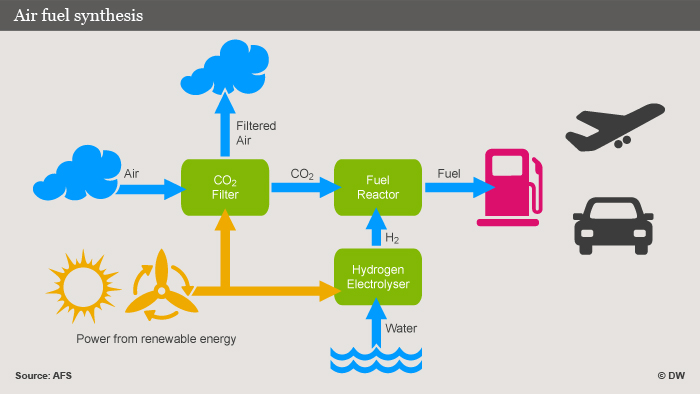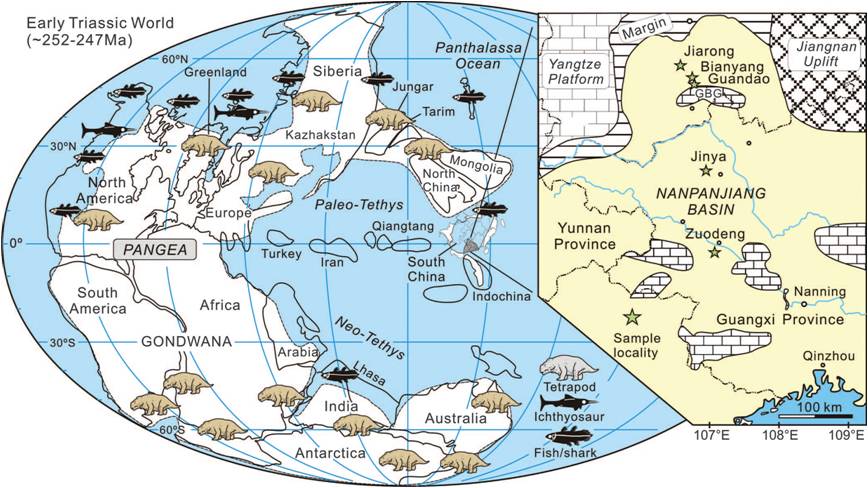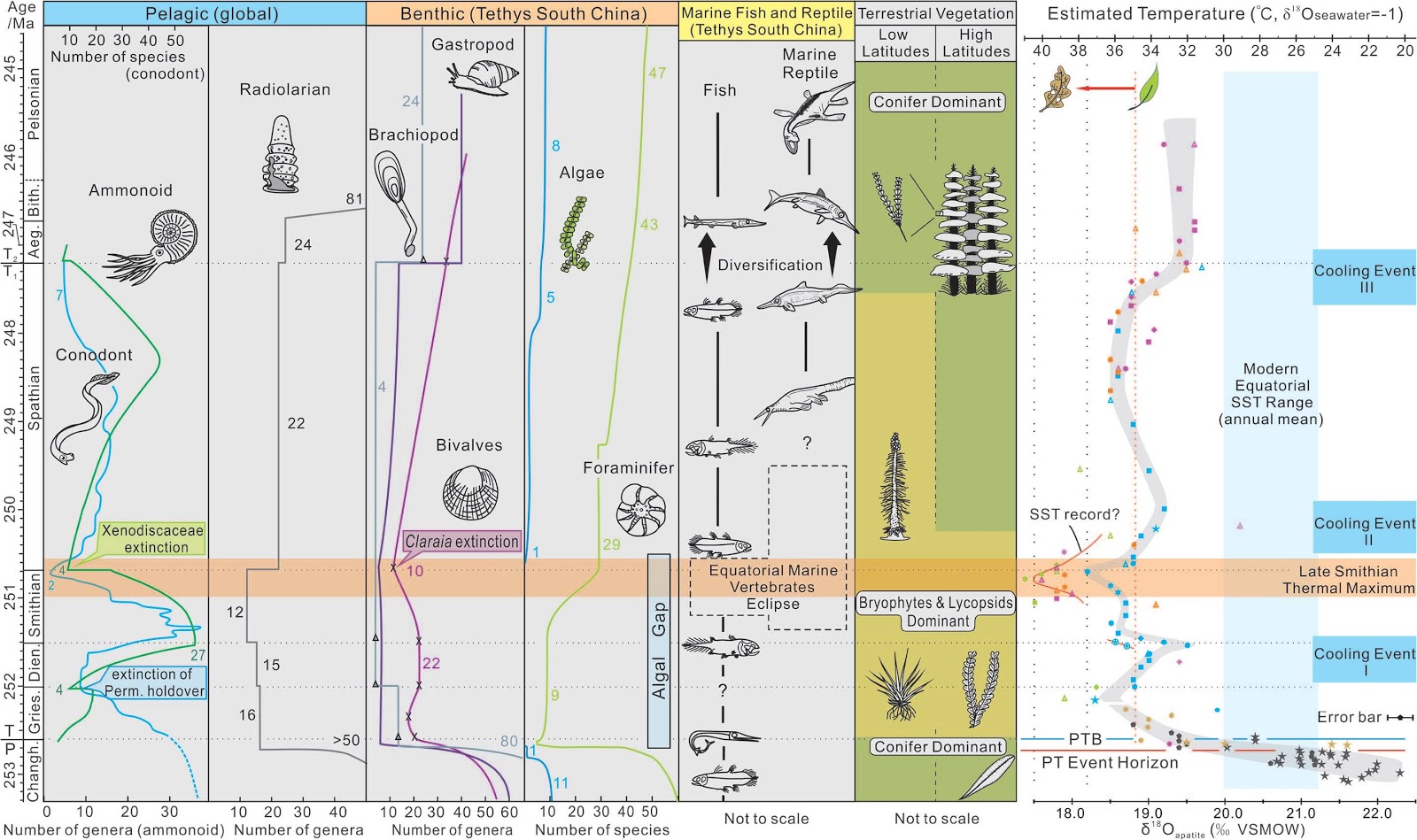The Air Fuel Synthesis process
Picture from http://www.dw.de
Getting this far has taken almost two and a half years and cost $1.6 million (1.23 million euros), provided by two private investors.
Peter Harrison, chief executive officer of the Darlington-based start-up, says "the process does use energy to take CO2 from the air," but that energy savings could be gained by using leftover carbon from brewing and distillery processes.
Capturing carbon dioxide from the air could present another potential climate benefit by extracting greenhouse gases from the atmosphere, Harrison says. A plant producing 1,000 tons of "air fuel" would extract up to 1 million tons of CO2 every year.
Too good to be true?
They claim that most of the components of the AFS process exist either as demonstrations or are available off the shelf. In addition, they have proposed the AFS timetable for delivering commercial carbon-neutral, sustainable fuels 2012 – 2015 Demonstration facility and initial commercial projects. This sound technology could be a potential solution to the fossil fuel 's carbon footprint and not sacrifice agricultural land use as biofuels, however, the production of fuel in this very beginning stage is only 1-10 tonnes a day, and there will a not too short journey to reach the commercial operation to replace most of the non-renewable energy.


